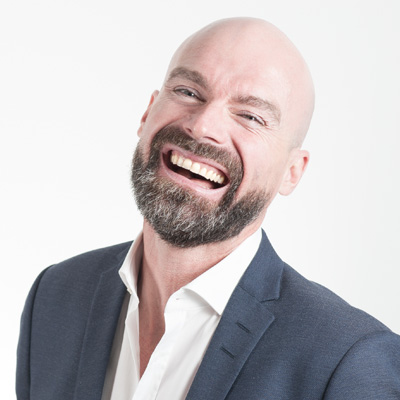
THIS IS WHY YOU WILL LOVE THIS SITE .
Explore our site and discover a world of innovation, creativity, and solutions that will elevate your business to new heights.
- Expertise: Our team's expertise ensures your business gets the top-notch solutions it deserves.
- Customization: Tailor-made solutions that bring your vision to life – experience the power of customization with us.
- Innovation: Unlock the potential of innovation and stay ahead in the fast-paced business world with our cutting-edge solutions.
High-Quality
At our business agency, we pride ourselves on delivering nothing less than high-quality services and solutions to our clients.
Safety & Experience
With a focus on safety and extensive industry experience, we ensure your business ventures are in capable hands.
Professional Team
Our professional team of experts is dedicated to delivering top-notch solutions and exceptional service to meet all your business needs.
Unsubscribe
Services
Explore our comprehensive range of services designed to empower your business and drive success.
Designed to be amazed
Get ready to be amazed with our meticulously designed solutions that will exceed your expectations and leave a lasting impression..
Full Responsive layout
Experience seamless user interactions on all devices with our fully responsive layouts, ensuring your website looks stunning on every screen size.
multiple rewards
Unlock a world of multiple rewards and recognition as we help you achieve remarkable milestones in your business journey.
Easy to Customizem
Our user-friendly and intuitive platform makes it easy to customize your website exactly as you envision it..
Site Optimization
Our site optimization services ensure that your website performs at its best, providing a seamless user experience and improved search engine rankings.
SEO & Marketing
Our site optimization services ensure that your website performs at its best, providing a seamless user experience and improved search engine rankings.
Testimonials
Discover what our clients have to say about their experience working with us. Read their testimonials and see how we've helped businesses thrive.



